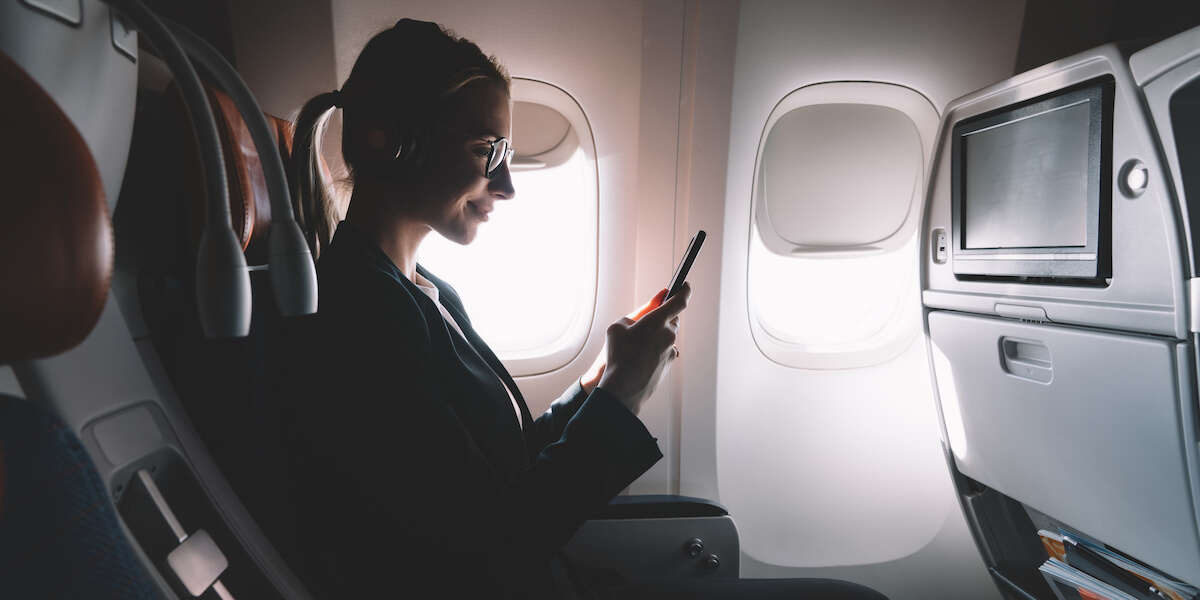Data and analytics play a crucial role in delivering not just a stellar, but the “right”, customer experience
Airline travellers seem to have an insatiable appetite, and not just for chef-designed meals. They evaluate airlines based on a variety of experiences—some of which the airlines control, some they don’t. From seamless ticket booking to varied seating choices, undoubtedly airlines in the post-pandemic era are having to “up their game” when it comes to enhancing the customer experience.
According to one analyst report, on average, each US airline is leaving as much as $1.4 billion in annual revenue on the table by not making improvements to their customer experience (CX). This revenue may be captured before, during, or after the flight when airlines have the opportunity to establish customer “stickiness”, as well as garnering ancillary sales.
With airline passengers switching between channels and devices such as smartphones, tablets, computers, and airport check-in kiosks, all digital components must work in unison to ensure they can manage their travel with ease. The next generation of customers expects newer technologies and advanced self-service capabilities as the airline business becomes more competitive. So, in an industry where an ever more sophisticated “digital customer” is controlling the throttle, what motivates them when travelling? What do they expect from their digital travel experience? And how can airlines meet the expectations of next-generation, digital-savvy travellers?
Connected experience
Unsurprisingly, travellers’ expectations are higher than ever before for a seamless, truly connected travel experience. According to a Datalex report, 9 in 10 travellers surveyed think the airline booking experience needs to be either totally or partially connected to their travel needs.
In response to an open question, “How can airlines improve the travel experience with digital technology?”, many respondents simply put “to have an Amazon-style digital experience”.
This desire has gained more urgency post-pandemic. Instilling confidence to travel is all about a connected, digital experience that keeps the traveller informed and reassured at every step, with the flexibility to change plans “on a dime”.
Underpinning this is personalisation. According to the same report, 95% of airline executives surveyed rated advanced personalisation as important in their innovation strategy post-pandemic.
To better support end-to end experience, their customers are looking for:
- pre-travel and day-of-travel alerts on travel documentation, policies and other day of travel updates
- improved personalisation to tailor the flight booking, ancillary offers and travel experience to their needs
- real-time offers and promotions for last minute bookings, and
- more sophisticated digital self-service (e.g., chat bots to manage flight booking and travel thoroughly via digital/mobile)
Need for speed
These requirements not only reinforce the need for the customer to be at the heart of any airline’s digital strategy, but also emphasise the “need for speed” to keep pace with their digital expectations. Fortunately, much of this is on many airlines’ agendas—it’s just a question of how fast these requirements can be met.
From an airline perspective, the need for speed via automation, AI (artificial intelligence), and cloud technologies is greater than ever before. Customer centricity and contactless travel are indeed overwhelming themes for digital investment in areas such as biometrics, dynamic offers and payment flexibility.
Because airlines have a vast amount of data, fundamentally delivering the right customer experience will be all about leveraging and managing that data. To make the most of their systems’ personalisation capabilities, airlines must invest in the right technology infrastructure for collecting and leveraging massive amounts of customer data.
In addition, “data-siloed” parts of the organisation—such as revenue management, marketing, and sales—will need to communicate more effectively. By integrating and exchanging data in real time, airlines will have greater and faster access to customer information and, by adopting machine learning and AI techniques, they can drive an innovative customer experience strategy.
The cost of failure
Fundamentally, it is becoming increasingly crucial for airlines to understand their customers, provide relevant services, and add value to their offerings. They must equip themselves to satisfy the demands of customers who are more reliant on digital technology and expect intuitive and intelligent communications from airlines.
Should the airlines fail to deliver on personalised offerings to achieve a superior customer experience focused on achieving high conversion rates, some ‘Big Tech’ players may step into the game and shake up their business. Uber's “Super App” announcement, for example, can be seen as a first shot across the bow. With the addition of flight bookings in a sophisticated UX, Uber could lure customers away from airlines’ websites and “steal” their greatest asset—customer and behavioural data.
From an airline’s perspective, it really is time to clear the runway and put digital in the pilot’s seat of customer experience.
At the forthcoming Future Travel Experience Ancillary Conference, Teradata – along with airlines, airport operators, and industry leaders – will discuss and share future plans and visions.
